Genetic science has moved way past Punnett squares and pea plants.

These days, researchers are doing things that genuinely sound like something out of a dystopian novel or a Marvel origin story. We’re talking about animal-human hybrids, gene-edited babies, glow-in-the-dark creatures, and efforts to bring back long-extinct species. It’s all happening right now, and while some of it might make your jaw drop, it’s very real, very current, and unfolding in labs around the world.
1. Bringing back the woolly mammoth (no, seriously)
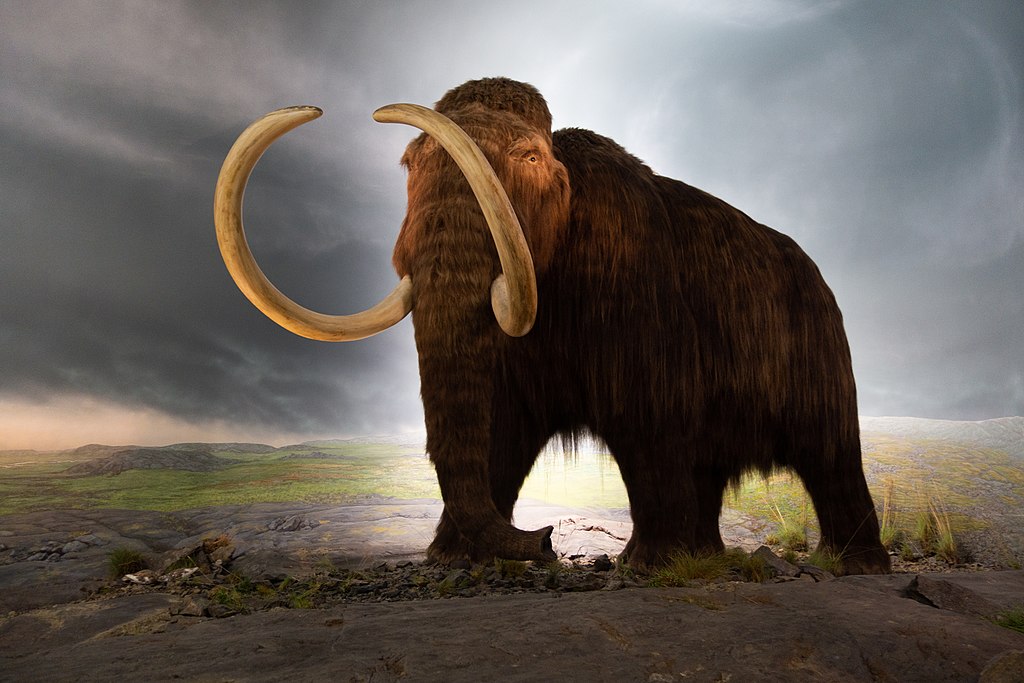
A biotech company called Colossal is actively working on “de-extincting” the woolly mammoth by 2028. They’re using CRISPR gene editing to insert mammoth DNA into the genome of Asian elephants, aiming to create a cold-resistant hybrid that could eventually roam the Arctic again. The hope is that these hybrid elephants could help restore tundra ecosystems and slow climate change. Whether it’s conservation or Jurassic Park 2.0 is still up for debate.
2. Creating pigs that grow human-compatible organs
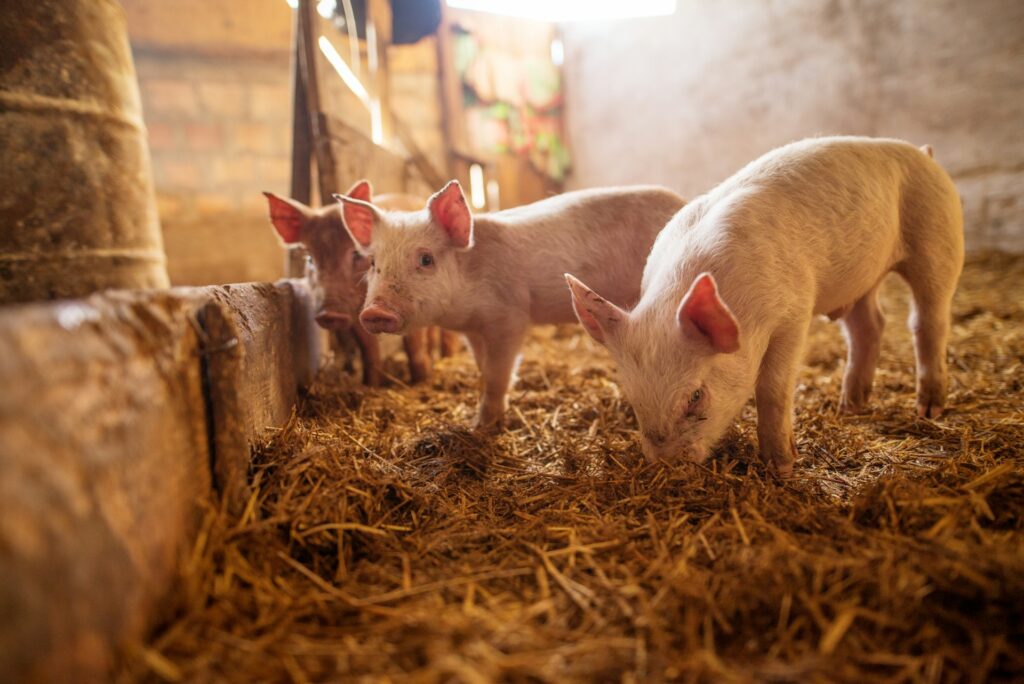
Researchers are genetically engineering pigs, so their organs can be safely transplanted into humans—something called xenotransplantation. In 2022, a man received a pig heart in a groundbreaking (though ultimately short-lived) surgery. Since then, scientists have been refining the process by removing pig genes that trigger human immune responses. The goal is to ease the global organ shortage, but it comes with serious ethical and scientific challenges.
3. Gene editing to prevent inherited diseases

CRISPR is now being used in clinical trials to treat rare genetic conditions like sickle cell anaemia, with some patients seeing incredible results after just one treatment. It’s a massive leap forward in personalised medicine. The real kicker? Trials are now underway to edit embryos to prevent passing on genetic disorders before birth. It’s controversial, but it’s already happening, especially in countries with fewer regulations.
4. Growing human brain cells in animals
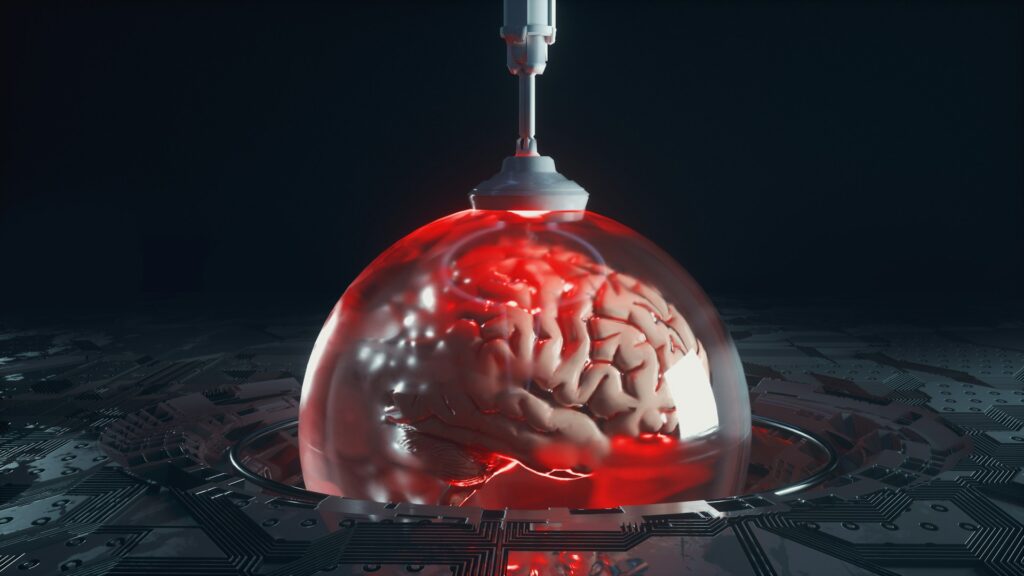
Scientists have successfully implanted human brain organoids (mini-brains grown from stem cells) into rats. The goal is to study neurological diseases, but it’s raised big questions about consciousness, identity, and where we draw ethical lines. These hybrid animals aren’t self-aware—but this is real-life Frankenstein territory. The science is fascinating, but the ethics are… complicated.
5. Glow-in-the-dark animals are now routine

What started as a way to track gene expression in lab animals has turned into something eerily beautiful. Researchers have genetically modified pigs, cats, and even monkeys to glow under UV light by inserting jellyfish or coral genes. It’s not just a party trick—these glowing animals help scientists study gene function and test treatments for diseases. But it also shows how casually we’re mixing species these days.
6. Editing crops to survive anything

While GMOs aren’t new, CRISPR has kicked food science into overdrive. We now have drought-resistant rice, disease-proof bananas, and mushrooms that don’t brown, all created with targeted gene editing. It’s a huge step toward global food security, but also fuels concerns about biodiversity, seed ownership, and what happens when engineered crops outcompete natural ones.
7. DNA storage is becoming a reality

Scientists are using synthetic DNA to store digital data. That’s right—you can now encode music, videos, and even books into genetic material. It’s tiny, durable, and could hold data for thousands of years. One strand of DNA the size of a pinhead could theoretically store the entire internet. Sci-fi? Nope. Just some very smart researchers playing with the building blocks of life like USB sticks.
8. Genetically modifying mosquitoes to control disease
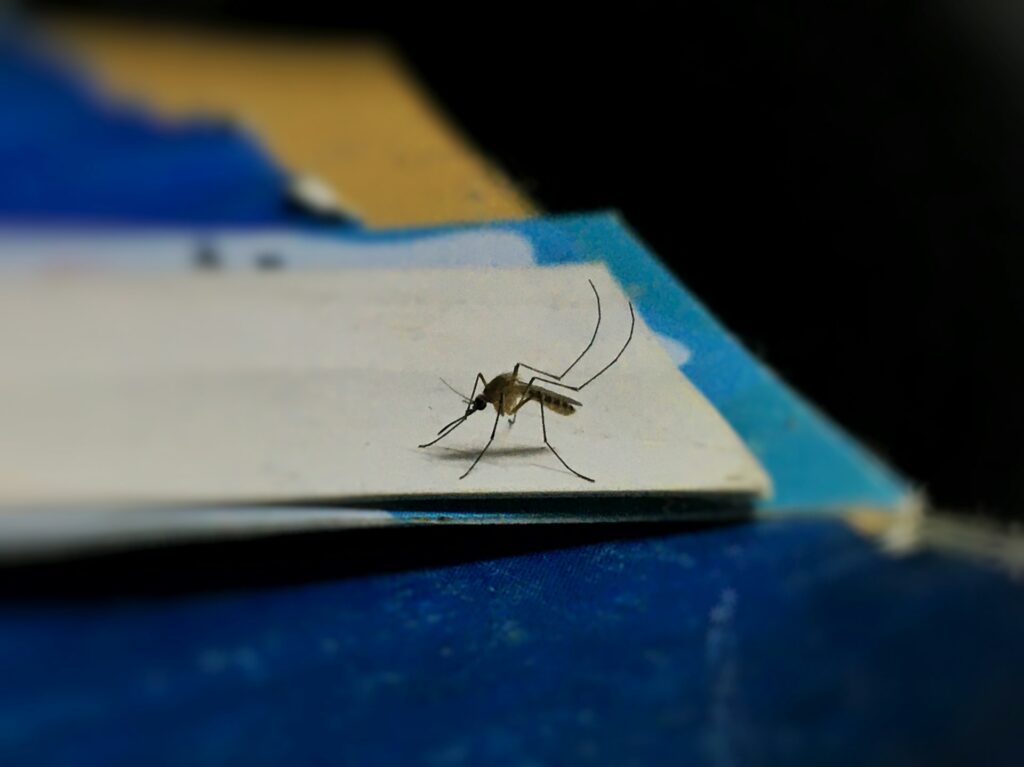
To combat malaria and dengue, scientists have released genetically altered mosquitoes that either die before they can reproduce or pass on genes that stop disease transmission. It’s already happening in Brazil, Florida, and parts of Africa. And while it’s helping reduce disease, there’s still a big unknown: what happens when you mess with an entire species’ reproduction chain?
9. Cloning endangered species
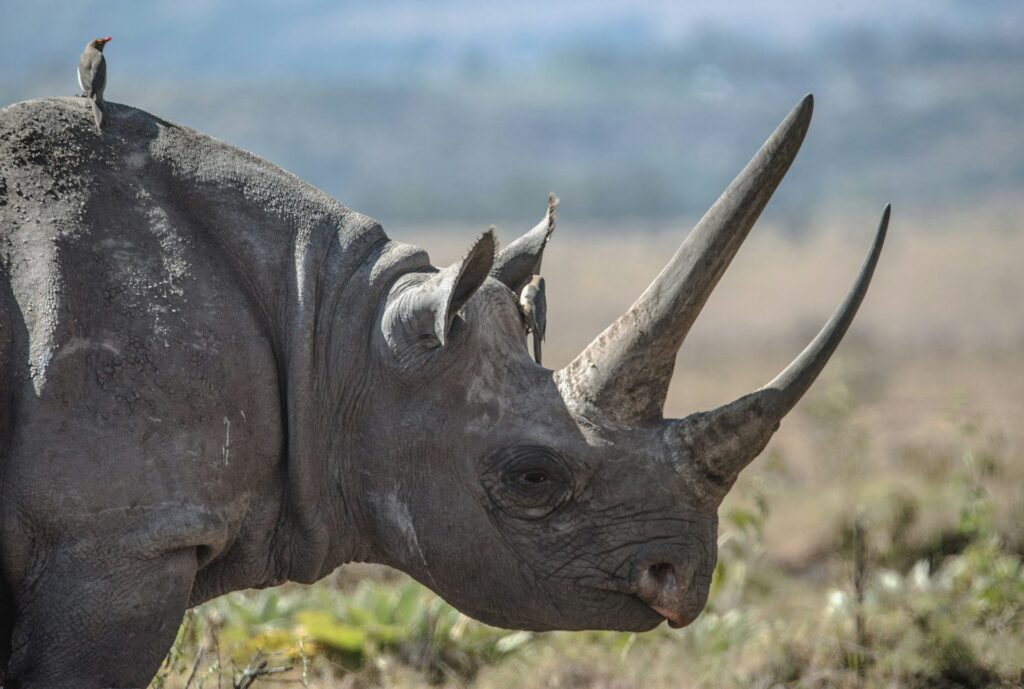
The black-footed ferret and the Przewalski’s horse are two animals scientists have recently cloned using frozen DNA. The idea is to boost dwindling populations with new genetic diversity. This method could become a major tool in conservation—but it also opens the door to de-extinction tourism and possible ecosystem disruptions. Science is moving faster than policy can keep up.
10. Editing genes to boost human intelligence
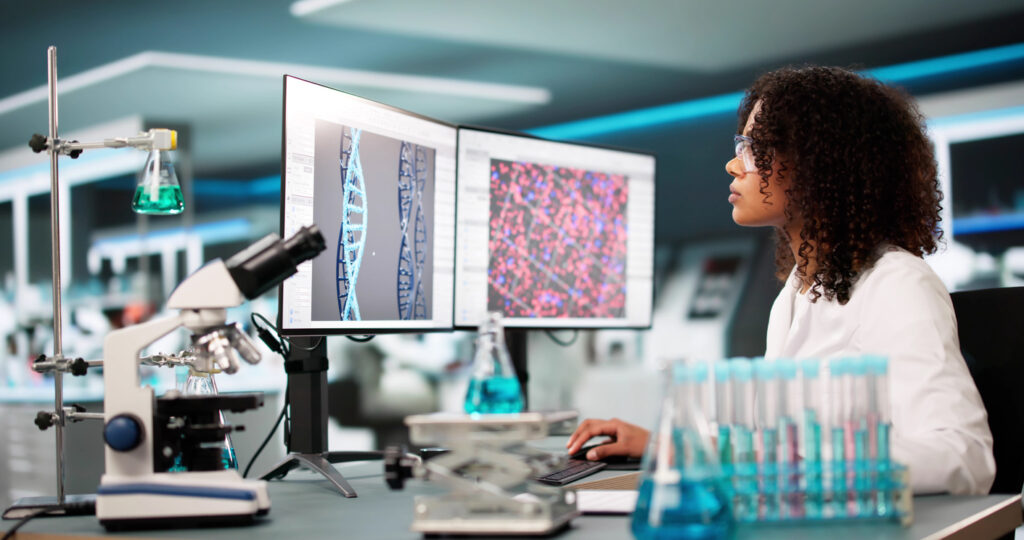
It’s not exactly a public project, but some researchers have raised eyebrows by studying genes linked to cognitive performance. In China, a gene called MCPH1 was inserted into monkey embryos, and the resulting primates showed improved memory. The goal? To understand how our brains evolved. But experiments like this hint at a future where intelligence, or traits like it, could become editable, which is as exciting as it is unsettling.
11. DNA surveillance and prediction tech
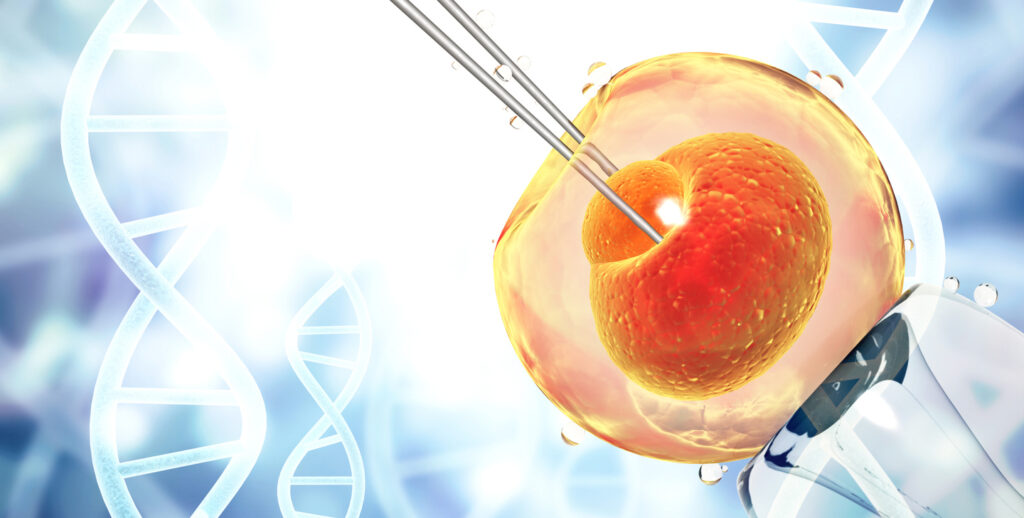
Police in some countries now use DNA to create facial sketches of suspects—based solely on biological clues. It’s called phenotyping, and while it’s improving, it’s not foolproof and carries big risks of bias and misuse. It’s part CSI, part Black Mirror—and it’s happening right now in some U.S. states and parts of Europe. That DNA swab you mailed to find your ancestry? It may be doing more than you realise.
12. CRISPR-based bioweapons (yes, they’re being discussed)
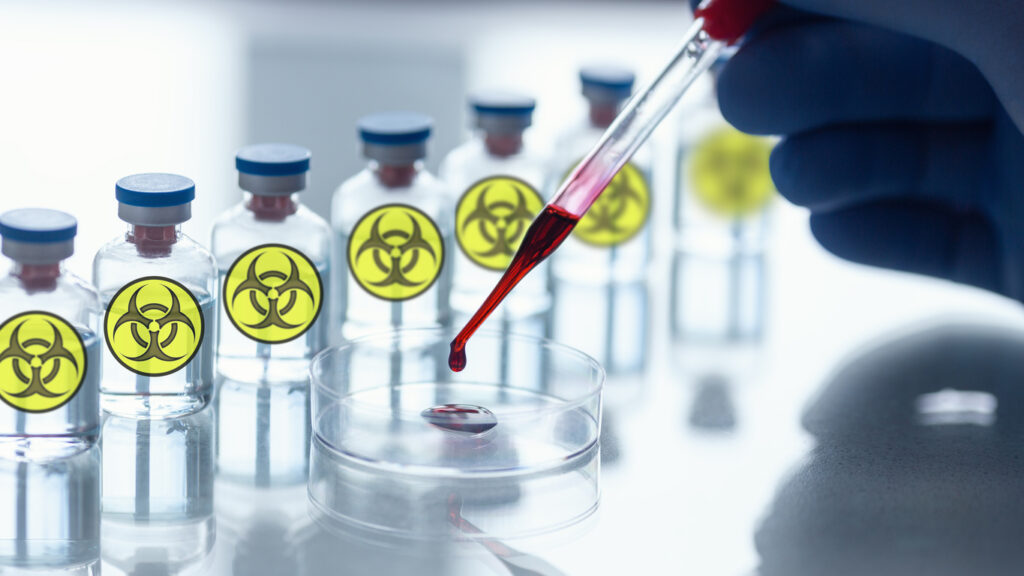
CRISPR has opened up the possibility of gene-editing viruses, bacteria, and even human cells in ways that could be weaponised. Some military and ethics groups are already exploring scenarios where DNA-targeted weapons could be created. This is still mostly theory, but the fact that government bodies are preparing for it means it’s a very real concern. When science moves this fast, defence always tries to keep up.
13. Personalised cancer treatments made from your own cells

Using a patient’s own immune cells, scientists are now editing those cells to better detect and destroy cancer. These treatments are already being used in clinical trials and are showing promise for some blood cancers and tumours. It’s a powerful example of how gene editing isn’t just about the future—it’s saving lives right now. It proves that not all wild experiments are scary—some are pure hope.
14. Creating synthetic life from scratch
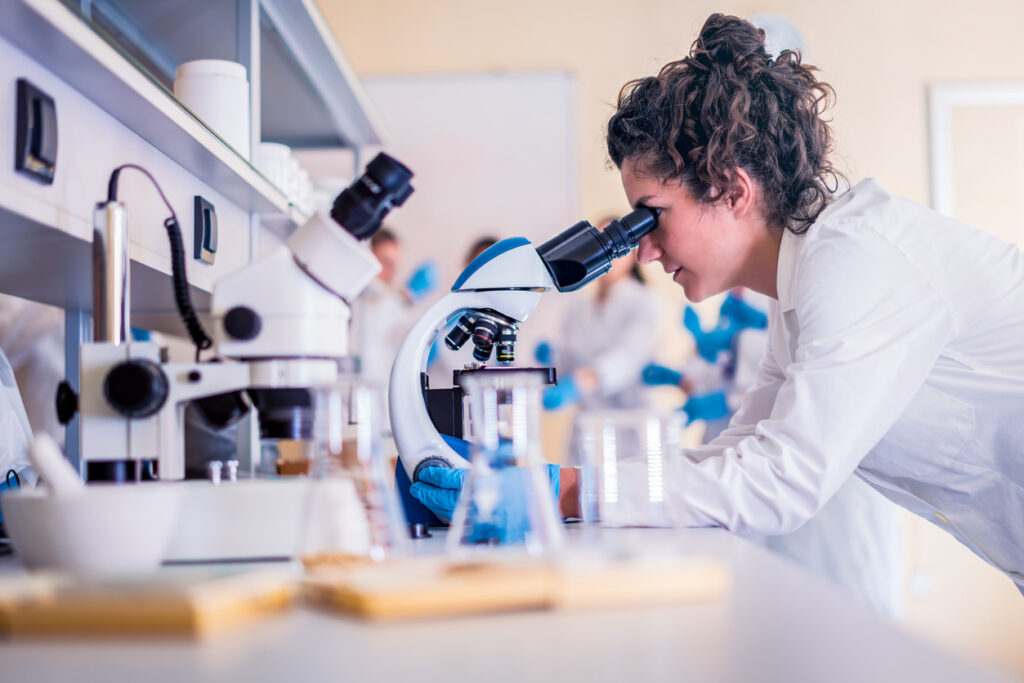
In labs today, researchers are designing organisms that don’t exist in nature—using synthetic DNA to build microbes that perform specific tasks, like cleaning up oil spills or producing drugs. It’s still early days, but we’ve already made fully synthetic bacteria. The idea of creating life in a lab isn’t theory anymore. It’s real, and it’s changing how we define what life even is.